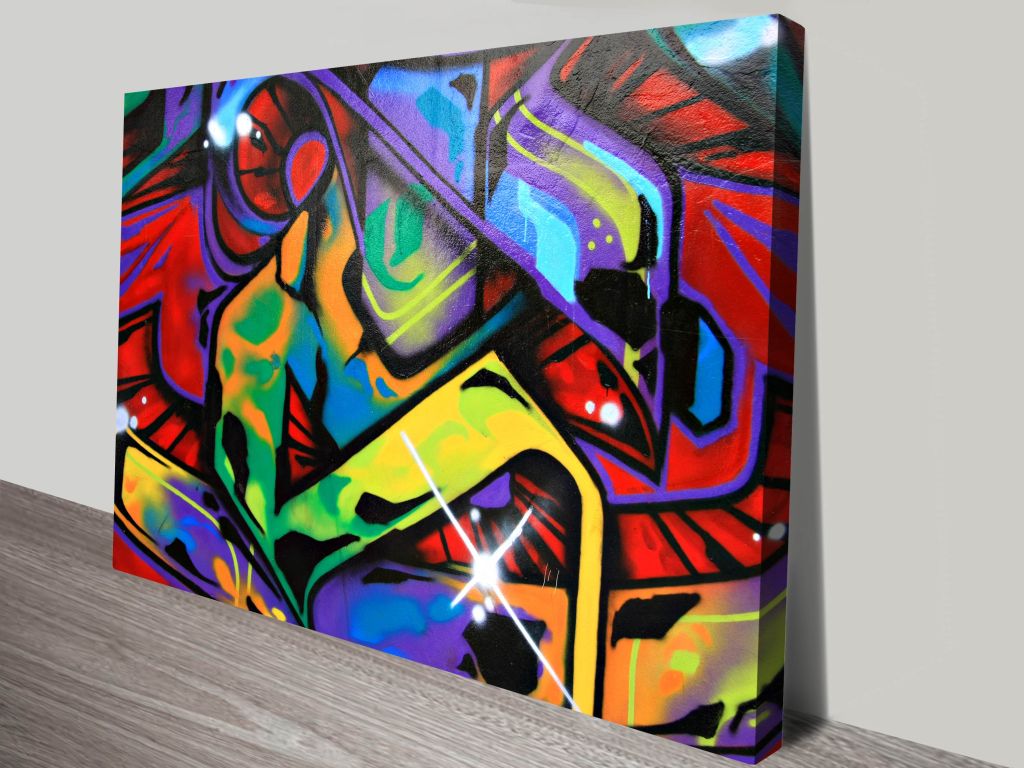Abstract Graffiti: Discovering the Intersection of Art and Urban Exploration
In the bustling world of urban exploration, where abandoned buildings become canvases for creative expression, one form of graffiti stands out as a captivating and enigmatic art form – abstract graffiti. Unlike traditional graffiti that often revolves around lettering or political messages, abstract graffiti takes on a more fluid and interpretive approach, pushing boundaries and challenging perceptions.
Abstract graffiti is not confined to specific city streets or neighborhoods; it transcends geographical limitations. It can be found in unexpected places – on dilapidated walls, forgotten ruins, or even hidden corners of subway tunnels. To truly appreciate this unique art form, one must delve into its origins and understand the artists who bring it to life.
The roots of abstract graffiti can be traced back to the early 20th century when avant-garde movements such as Dadaism and Surrealism emerged. Artists like Marcel Duchamp and Salvador Dalí broke away from conventional artistic norms, exploring new ways to express their ideas beyond representational forms. This spirit of experimentation laid the groundwork for what would later become known as abstract art.
Fast forward to the late 20th century when street art gained prominence worldwide with artists like Keith Haring and Jean-Michel Basquiat making their mark on New York City’s walls. As the street art scene evolved, so did its various styles – including abstract graffiti. This subgenre allowed artists to break free from figurative constraints by using bold colors, shapes, lines, and textures to convey emotions or provoke thoughts without relying on recognizable imagery.
One renowned artist synonymous with abstract graffiti is Banksy. His elusive identity adds an air of mystery to his thought-provoking works that blend elements of abstraction with social commentary. Banksy’s use of stencils has made his pieces instantly recognizable while adding a layer of complexity through juxtapositions between playful visuals and serious subject matter.
Another influential figure in the abstract graffiti world is Futura 2000. Known for his distinct blend of calligraphy and abstraction, Futura’s style embodies the raw energy of urban landscapes while pushing the boundaries of traditional letter-based graffiti. His use of vibrant colors and dynamic compositions captivates viewers, immersing them in a visually stimulating experience.
Abstract graffiti artists often explore themes such as identity, time, and existence. Their works can evoke strong emotions or leave room for individual interpretation. One artist who embraces these concepts is Lakwena Maciver. Her bold typographic pieces fuse abstraction with powerful messages promoting positivity and self-empowerment. Through her murals, she challenges viewers to reflect on their own place in society and embrace their inner strength.
While abstract graffiti may not have a clear message like conventional street art does, it offers an opportunity for introspection and exploration. Its ambiguous nature invites viewers to engage with their own imagination rather than relying on a predetermined narrative or agenda set by the artist.
Urban explorers are drawn to abstract graffiti because it adds an extra layer of intrigue to abandoned spaces they encounter during their expeditions. It transforms derelict buildings into immersive galleries where each stroke of paint whispers stories from the past while allowing for personal connections in the present moment.
One such example can be found within an abandoned factory at the heart of Berlin’s industrial district. Covered from floor to ceiling in layers upon layers of abstract graffiti, this space becomes a visual feast for those daring enough to venture inside its decaying walls. As sunlight filters through broken windows, casting fascinating shadows on vibrant hues that grace every surface imaginable, one cannot help but feel transported into another realm – where creativity thrives amidst decay.
Abstract graffiti serves as a reminder that even neglected spaces hold beauty worth exploring. It encourages us to look beyond societal conventions and appreciate unconventional forms of artistic expression that challenge our perspectives.
In conclusion, abstract graffiti represents a compelling intersection between art and urban exploration. It pushes the boundaries of traditional street art, allowing artists to convey emotions and provoke thoughts through non-representational forms. As urban explorers venture into forgotten spaces adorned with abstract graffiti, they embark on an immersive journey that transcends time and place, connecting them to the past while inspiring new perspectives on the present. So next time you stumble upon a hidden gem of abstract graffiti during your urban expeditions, take a moment to pause, reflect, and let its enigmatic charm transport you into a world where imagination knows no limits.

Leave a comment